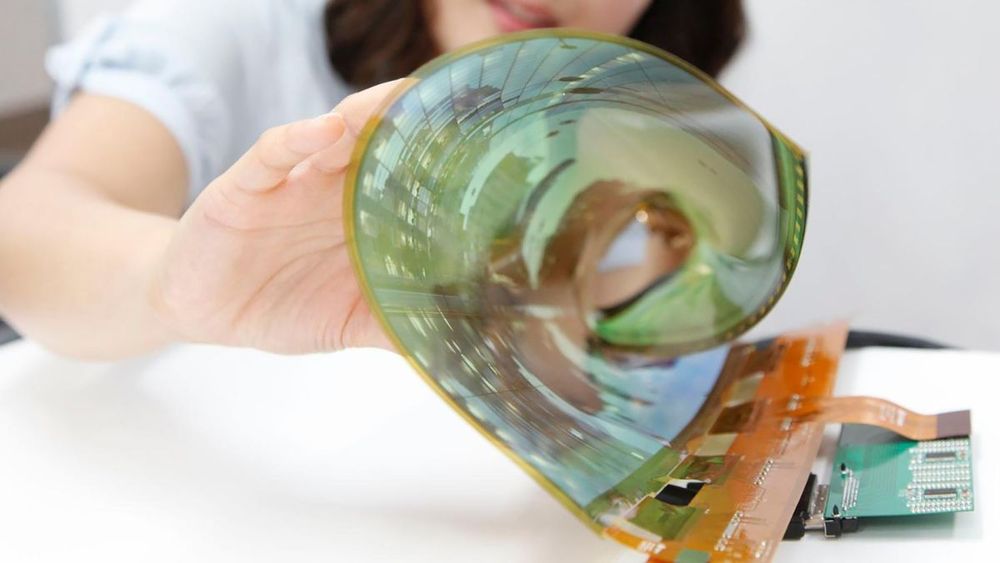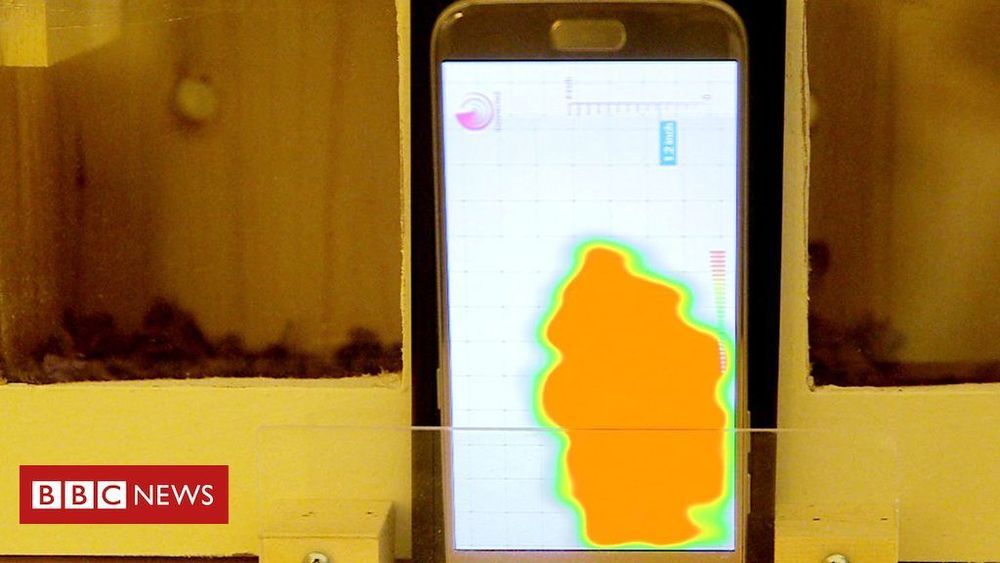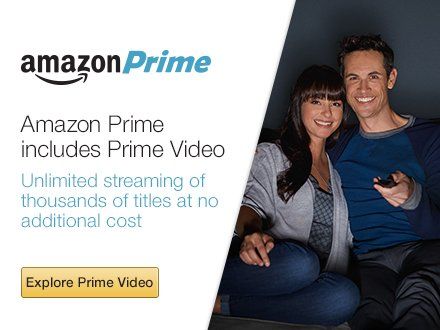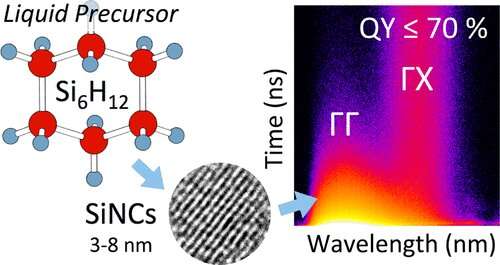Samsung’s Galaxy Z Flip looks like it could be getting a strong new LG rollable phone contender.




EVPassport is an upcoming app that promises $39/mo unlimited charging on major EV charge networks. The included networks are Electrify America, EVgo, Chargepoint, Hubject and Greenlots, along with some smaller regional networks on the US West Coast. The app plans to launch in “a few weeks” but is taking wait list signups now.
The app will start with support for iPhone and DC fast charging in the US at first, with initial support for 2,500 DC chargers. It will expand to Android later this year, along with European support (including IONITY). If all goes well, it plans to add Level 2 AC charging support next year.


However, the situation has been improving as Chinese tech giants including e-commerce company Alibaba, search engine Baidu, on-demand delivery company Meituan Dianping, ride-hailing operator Didi Chuxing and smartphone maker Xiaomi now offer more affordable health care plans via mutual aid platforms, which operate as a collective claim-sharing mechanism.
China’s online mutual aid platforms are disrupting old school insurance companies by leveraging big data and internet finance technologies to offer low cost medical coverage.

Smart phone apps provide nearly instantaneous navigation on Earth; the Deep Space Atomic Clock could do the same for future robotic and human explorers.
As the time when NASA will begin sending humans back to the Moon draws closer, crewed trips to Mars are an enticing next step. But future space explorers will need new tools when traveling to such distant destinations. The Deep Space Atomic Clock mission is testing a new navigation technology that could be used by both human and robotic explorers making their way around the Red Planet and other deep space destinations.
In less than a year of operations, the mission has passed its primary goal to become one of the most stable clocks to ever fly in space; it is now at least 10 times more stable than atomic clocks flown on GPS satellites. In order to keep testing the system, NASA has extended the mission through August 2021. The team will use the additional mission time to continue to improve the clock’s stability, with a goal of becoming 50 times more stable than GPS atomic clocks.

NDSU researchers recently developed a new method of creating quantum dots made of silicon. Quantum dots, or nanocrystals, are tiny nanometer-scale pieces of semiconductor that emit light when their electrons are exposed to UV light. The most common application of quantum dots is in QLED displays. Through their use, digital displays have become brighter and much thinner, resulting in improvements to television and, potentially, cell-phone technology.
Because silicon is abundant and nontoxic, silicon quantum dots have unique technological appeal. Silicon quantum dots are currently being used for applications such as windows that remain transparent while serving as active photovoltaic collectors of energy, and they hold promise in medicine where quantum dots are coated with organic molecules to create nontoxic fluorescent biomarkers.
While traditional methods for creating silicon quantum dots require dangerous materials such as silicon tetrahydride (silane) gas or hydrofluoric acid, the NDSU team’s research uses a liquid form of silicon to make the tiny particles at room temperature using relatively benign components.


The dimension of the smartphone is 162.5 × 75.5 × 8.1 mm and it weighs 185 grams. The smartphone has a Super AMOLED capacitive touchscreen providing 1080 × 2400 pixels resolution with 393 PPI density. The screen is also protected with Corning Gorilla Glass 3.
The rear camera of the smartphone consists of a 64 MP (wide) + 12 MP (ultrawide) + 5 MP (macro) + 5 MP (depth) while on the front there is a 32 MP (wide) camera for shooting selfies. The smartphone is available in various color options such as Prism Cube Black, Prism Cube Sliver, and Prism Cube Blue.
The Samsung Galaxy A Quantum is powered by the Exynos 980 (8 nm), QRNG security chipset Octa-core processor. The smartphone is fueled with a non-removable Li-Po 4500 mAh battery + Fast battery charging 25W.
TL;DR 206 | The Google Developer News Show
0:00 Android 11 Beta → https://goo.gle/3fzChBS
0:24 Introducing Google Play Asset Delivery → https://goo.gle/30R2pEn
0:47 Firebase Crashlytics SDK now publicly available → https://goo.gle/30SQxS8
1:05 Filestore now supports high performance → https://goo.gle/2YchJtr
1:33 New features from Google Maps Platform → https://goo.gle/3hCoRHd
1:53 Custom Cloud Monitoring dashboards → https://goo.gle/2AKHmsq
2:15 Introducing table-level access controls in BigQuery → https://goo.gle/3fzMcaJ
2:39 Introducing cross-region replica for Cloud SQL → https://goo.gle/2Bj9p1Q
2:49 Announcing sound null safety for Dart → https://goo.gle/2UTnEBr
Here to bring you the latest developer news from across Google is Developer Advocate Timothy Jordan. Tune in every week for a new episode, and let us know what you think of the latest announcements in the comments below! 😃
Follow Google Developers on Instagram → https://goo.gle/googledevs
Watch more #DevShow → https://goo.gle/GDevShow